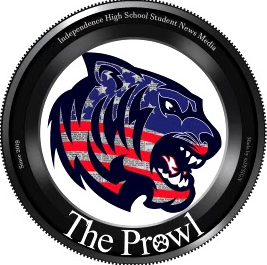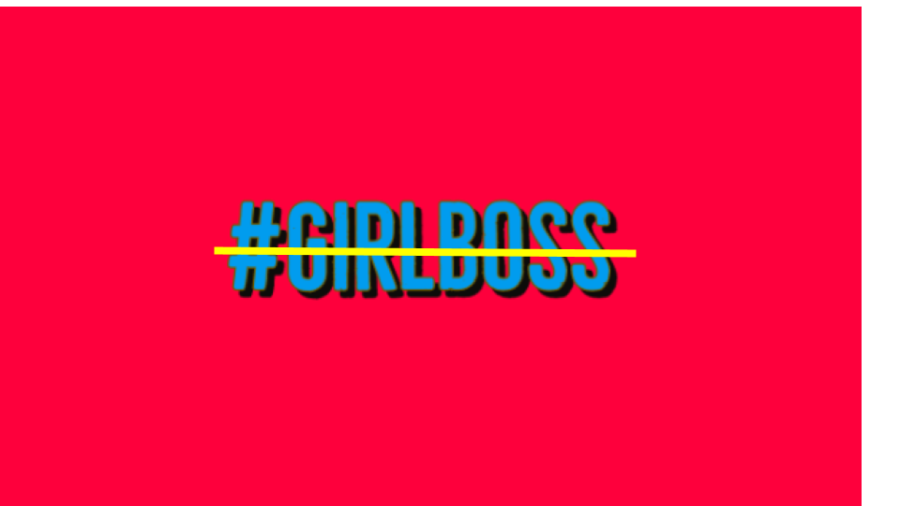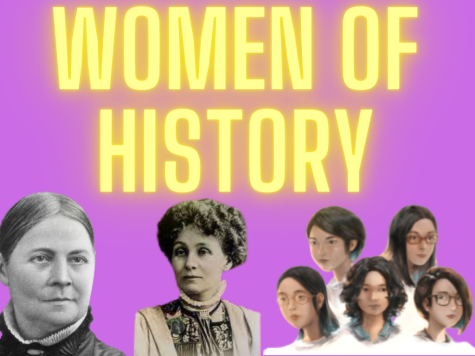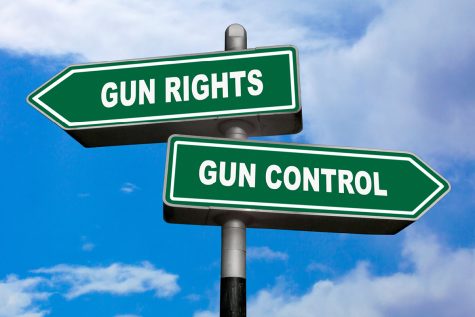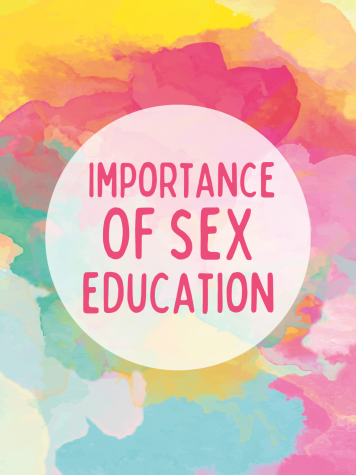Gaslight, Gate-keep, Girlboss: The truth behind #Girlboss
Gaslight, Gate-keep, Girlboss. Regardless of who you are, whether a teacher or a student, you have most likely heard one of these phrases–as one or all together, particularly the word “girlboss.”
Currently, the tag #girlboss on Instagram has over 25.8 million posts. Despite the wave of its usage that has washed over teens and young people recently, many of those who use it do not know the complicated history behind the giggle-inducing word.
Contrary to what the “girlboss” appears to be, the word “girlboss” has actually never been very empowering. Girlboss is a gendered word that is seemingly empowering, yet does more to patronize women than to give strength. It certainly does not create a “supposed” safe word from our daily language, which constantly reminds us of gender roles.
You see, when we say “girlboss,” the implication is that the word “boss” or “CEO” itself is not gender neutral; instead, these words are coded and reserved for men. There is no term for boys who are bosses, or more fittingly, “boybosses.” Instead, there are only “ordinary” bosses and executives, and then the exceptions to those titles–women, or our so called “girlbosses,” who broke the norm. Even words that we use everyday in passing are part of the deep-rooted system of sexism, and words such as Girlboss, brought about by feminism herself, serve only to reinforce the patriarchy.
To understand the downfall of “girlboss” beyond its linguistic implications, one must first understand the history of the word. Originally coined in 2014 by Sophia Amoruso–founder of fashion brand NastyGal and author of the bestseller “#Girlboss”–the term spread amongst Millenials rapidly. Similar ideologies were echoed by other successful entrepreneurs, such as Sheryl Sandberg in her novel, “Lean In.” Amoruso, who had experienced great success with her brand NastyGal, was eager to share her experience and so-called wisdom. The whole idea behind girlboss was to encourage more women to take on executive roles, which would then lead to more women making important decisions and ultimately spreading equality; sounds like a good idea, doesn’t it?
Girlboss came to a rise because women were not expected to act the same way as men. People couldn’t fathom business women being ordinary people, affected by greed and power and selfishness, and acting in awful ways to obtain such things. Women were to be kind and empathetic and uphold the virtues of an inclusive, non-toxic work environment. In fact, this is in part why the word girlboss became so heavily used amongst women.
Women who were successful and held executive positions are often perceived as uptight, stiff, ruthless, etc. The word “girlboss” was a swallowable feminine label safe from the ugly titles society threw at successful women, who were portrayed as cold and cunning, instead of strategic and intelligent as men were praised.
The new buzzword “girlboss” was everywhere. Purchasing books, subscribing to podcasts and purchasing a certain brand of makeup, all of which were created by female entrepreneurs, became conscious awareness and supporting efforts of feminism. Girlboss went from bad to even worse when it became a capitalistic venture for companies to profit off of. Brands saw girlboss as an opportunity and took it, plastering the word on pink, glittery t-shirts and mugs.
Soon, many women who aspired for success wished to be girlbosses. For the girlboss, success was measured in terms of wealth and instagram followers. She was a woman who had fit herself into the ambitious, greedy entrepreneur typeface that men dominated. Oh, and one more thing: Girlboss had little room for racial diversity and any sort of fluidity amongst women. She was nearly exclusively cis-gender and White.
Upon inspection, one will find that those who represented the wave of girlboss (Amoruso, Sandberg, etc.) were not only all white women, but they themselves did not uphold one of virtues people had hoped for in girlboss–solving racism in the workplace. In fact, they often did the opposite, discriminating their employees based on race.
Allegations and evidence began to heavily circulate regarding “girlbosses” like Elizabeth Holmes of Theranos, arrested for massive fraud, Emily Weiss of Glossier, underfire for racial discrimination in the workplace, and even the ultimate girlboss herself, Amoruso, who stepped down from NastyGal following allegations of creating a toxic work environment and racially discriminating against employees. The abuses that came along with success existing in a capitalistic society were waived as a necessary consequence for girlbosses alike.
With this, the word girlboss fell out of unironic use. Think-pieces were spread regarding the mock-empowerment of “girlboss” and people began to realize its hollowness. However, the word revived itself in a second wave, except this time, people were laughing.
Perhaps in an attempt to reclaim and disarm the word, young people on platforms like Twitter and TikTok began using “girlboss” in a comedic way, often paired with the terms “gaslight” and “gate-keep”, both of which were buzzwords that became rampant among young people.
People mocked how the words had become hollow with the overuse, and oftentimes, misuse. “Gaslight, gatekeep, girlboss” was a parody of “live, laugh, love.” Similarly, “live, laugh, love” was also once a serious phrase now spoken in a satirical way–used to mock middle-aged white women.
Girlboss is the butt of the joke, and young people on the internet react to those unpleasant, awful acting people by ironically deeming their cruel actions as just “gaslight, gate-keep, girlbossing.”

Michelle is currently a Senior, where it is her third and final year writing for The Prowl. This year, she is excited to serve as the Co-Editor-in-Chief....
